This electric show car from Volvo’s premium division will debut at the Geneva Motor Show with a SmartZone sensor bundle in its nose.
The Geneva Motor Show is arguably the most prominent auto show for concept cars during the calendar year. Most of the major automotive manufacturers — and even some smaller, boutique builders — trot out their vision for what the future of cars will be. Many of these concepts look at the distant horizon, but for 2020, Polestar is setting its sights on a slightly more immediate future.
The Polestar Precept was announced by Polestar on Tuesday ahead of its Geneva debut, and like many of our other favorite concepts, it focuses on the not-too-distant future. It eschews crazy technology and instead gives a realistic road map for Polestar as a brand. We like it.
Aesthetically, the Precept concept goes in a more aggressive and robotic-looking direction than either the Polestar 1 or Polestar 2. It’s long — with a 10.8-foot wheelbase — as well as low and wide. Its roofline is sleek and very coupelike. In truth, it puts us in mind of the Karma Revero, if that car had been designed now, rather than 10 years ago.
“Polestar Precept’s aesthetics are rooted in cutting-edge technology rather than looking back in time at historical, automotive references,” Maximilian Missoni, head of design at Polestar, said in a statement. “At Polestar, we see technology as an enabler, as a tool to solve our society’s problems and we translated this attitude into a new set of design principles. The combination of sustainable materials and high-tech smart systems opens an entirely new chapter of avant-garde luxury design and shows where Polestar is heading.”
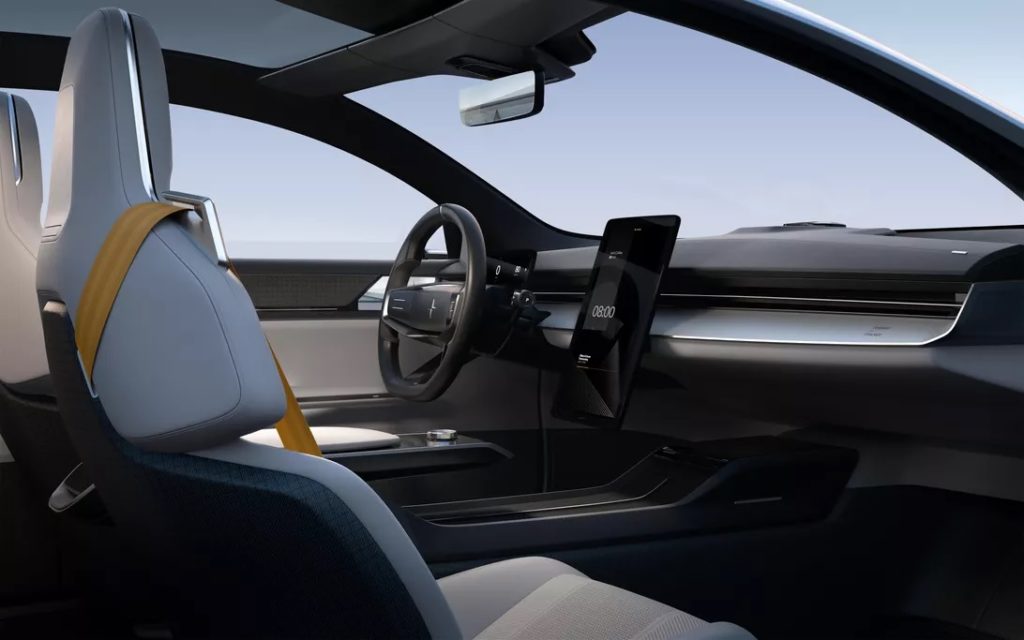
One design aspect that we’re finding interesting is Polestar’s SmartZone bundle, which, apart from sounding like a consumer electronics store of questionable repute, is a pretty elegant way of bundling all the sensors necessary for today’s advanced driver assistance features into one place.
Specifically, it replaces the area that would be occupied by a grille and combines dual radar and a high-definition camera. The lidar unit is mounted above the windshield, but even that is integrated in a way that doesn’t necessarily detract from the vehicle’s appearance. Also unique is the decision to replace side-view and rearview mirror with cameras — an increasing trend in other European and Japanese cars.
Like all future Polestar models, the Precept is an electric vehicle, and it uses that length between its wheels to hold a large battery pack, promising a significant cruising range. How much range? Polestar isn’t telling, but it’s a concept car anyway, so it’s not that important — ditto for power and torque figures.
Polestar’s eye toward the future continues inside the Precept’s four-door cabin. One of the main talking points for the interior is the continued development of Polestar’s Google-powered Human Machine Interface (HMI) as well as a commitment to using more environmentally friendly recycled and recyclable materials such as carpets made from fishing nets, seating surfaces made from PET plastic and headrests made from recycled cork vinyl.
“Precept is a declaration, a vision of what Polestar stands for and what makes the brand relevant,” Thomas Ingenlath, CEO of Polestar, said in a statement. “The car is a response to the clear challenges our society and industry face. This is not a dream of a distant future; Polestar Precept previews future vehicles and shows how we will apply innovation to minimize our environmental impact.”

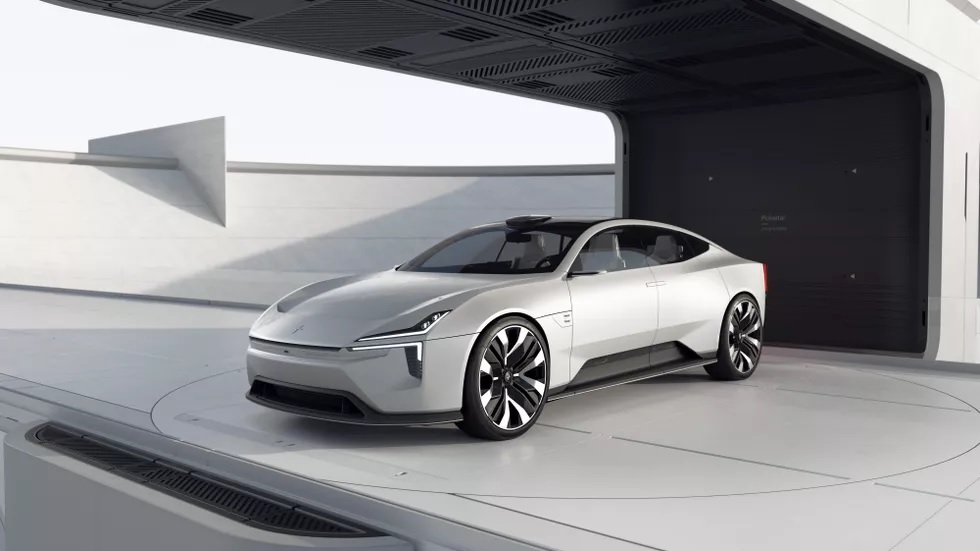
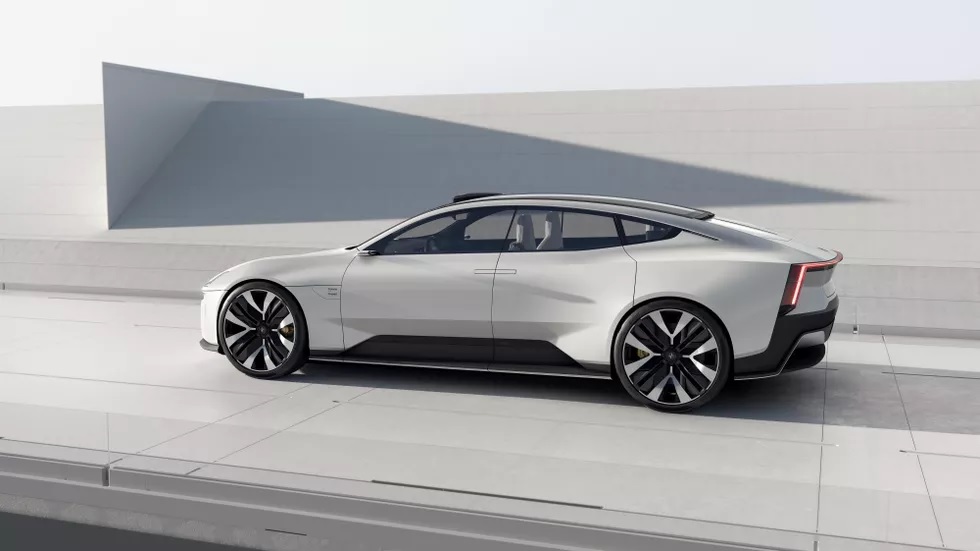
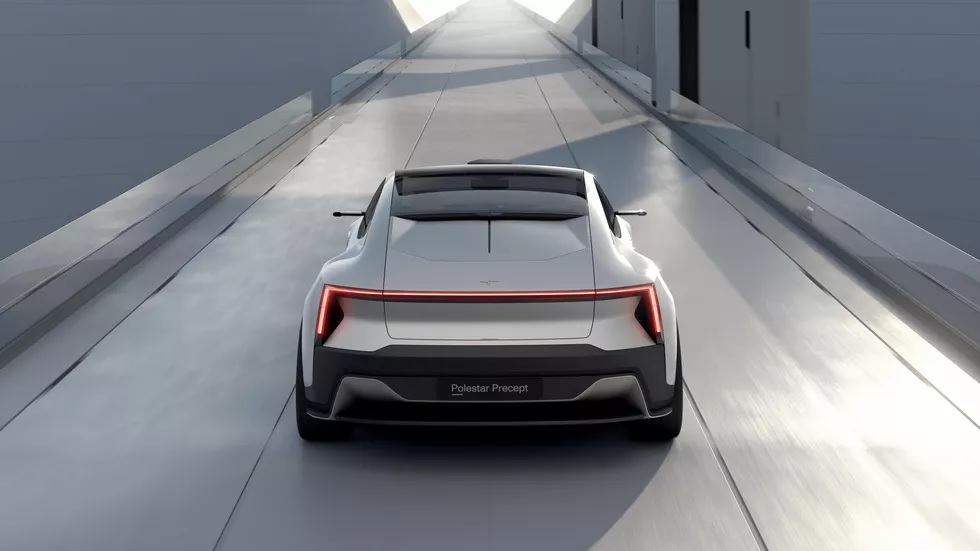
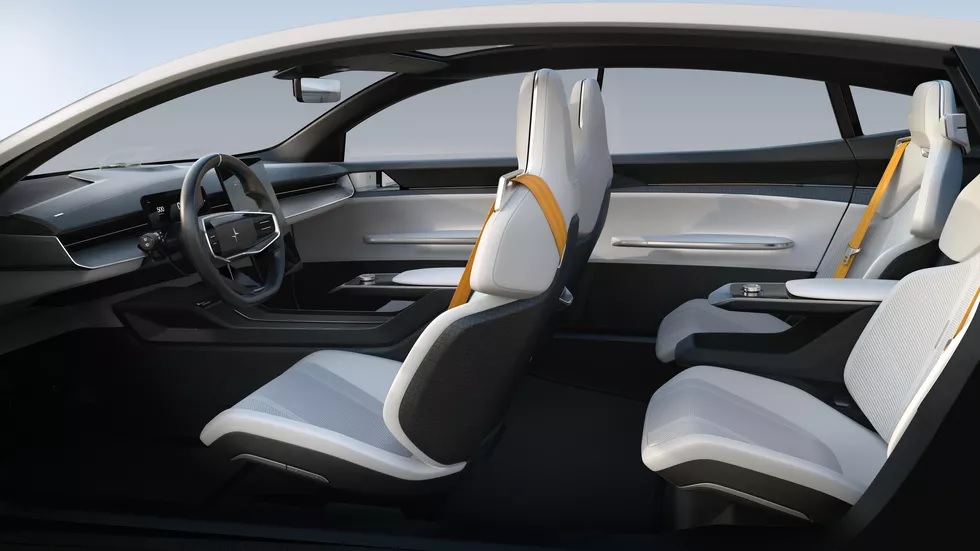
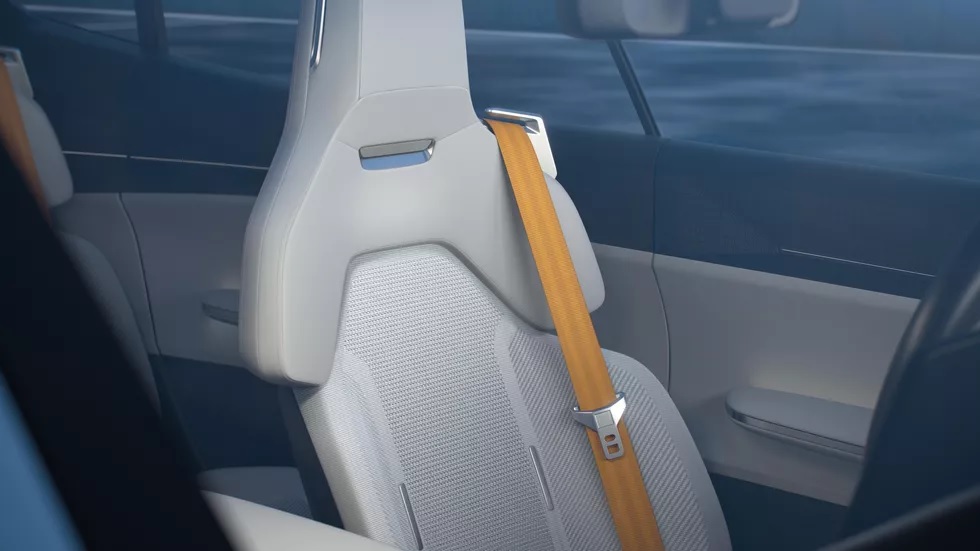
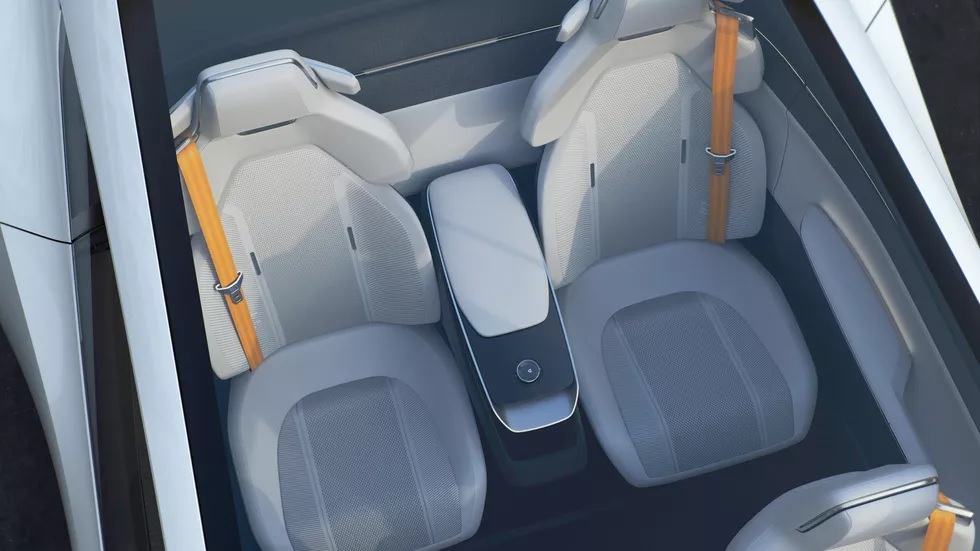
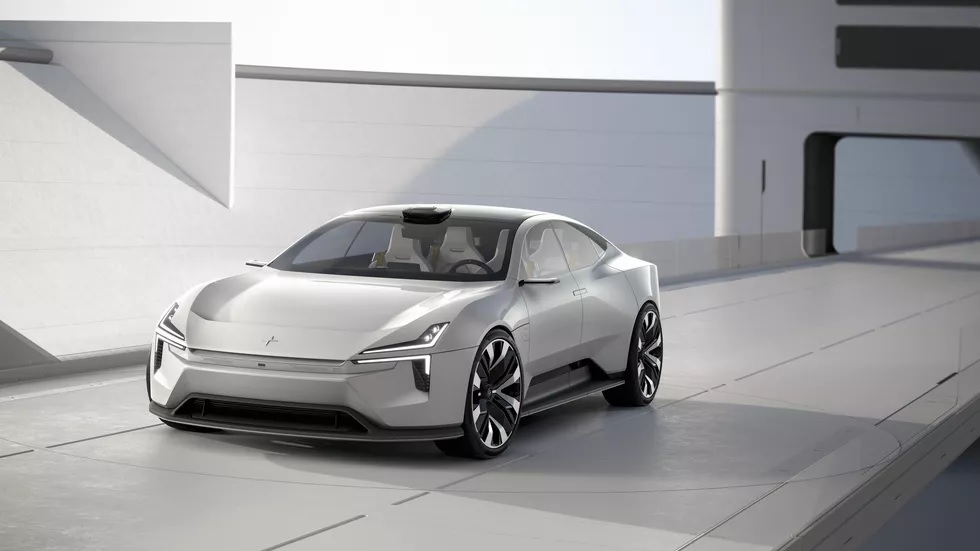
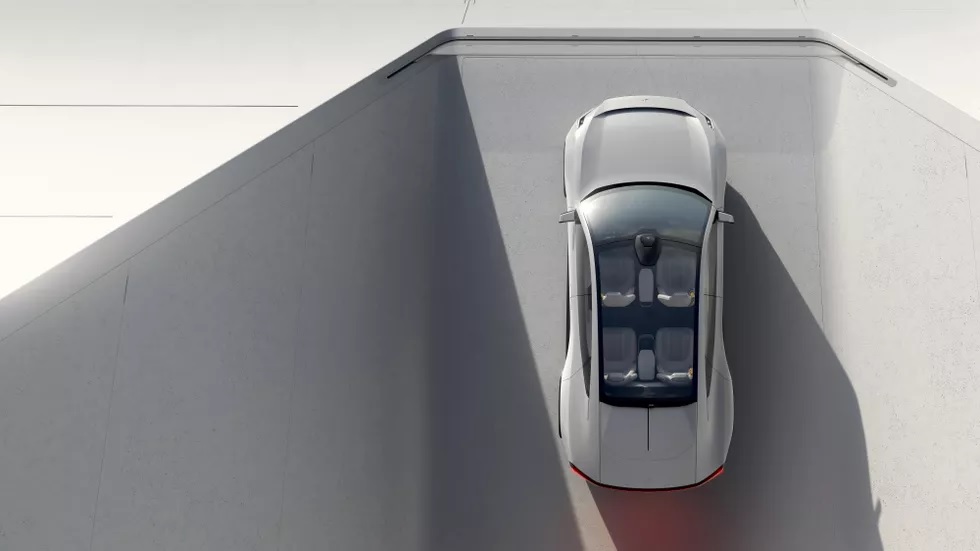
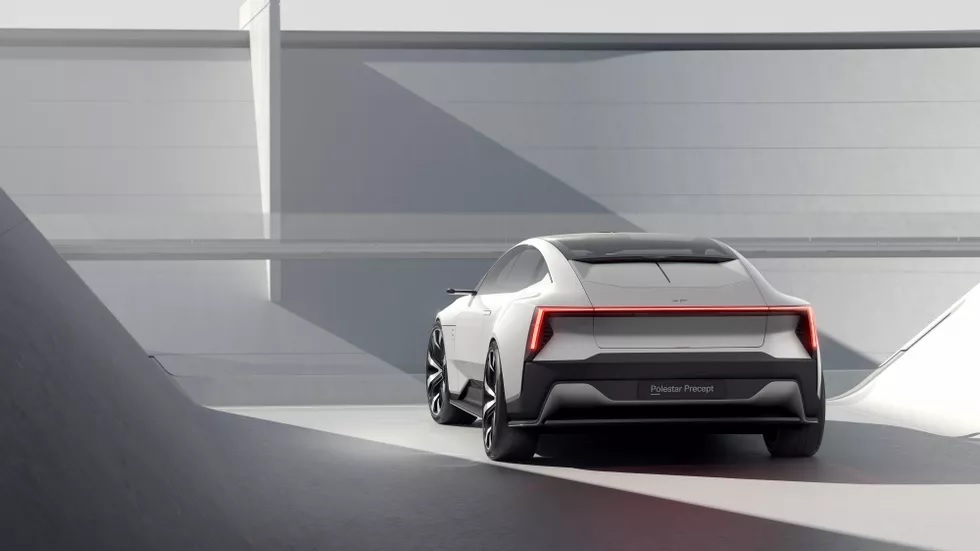











![Hotstar Premium Cookies 2019 [*100% Working & Daily Updated*] Hotstar Premium Cookies 2019 [*100% Working & Daily Updated*]](https://tahav.com/wp-content/uploads/2019/11/Hotstar-Premium-Cookies-Free-100x70.jpg)


